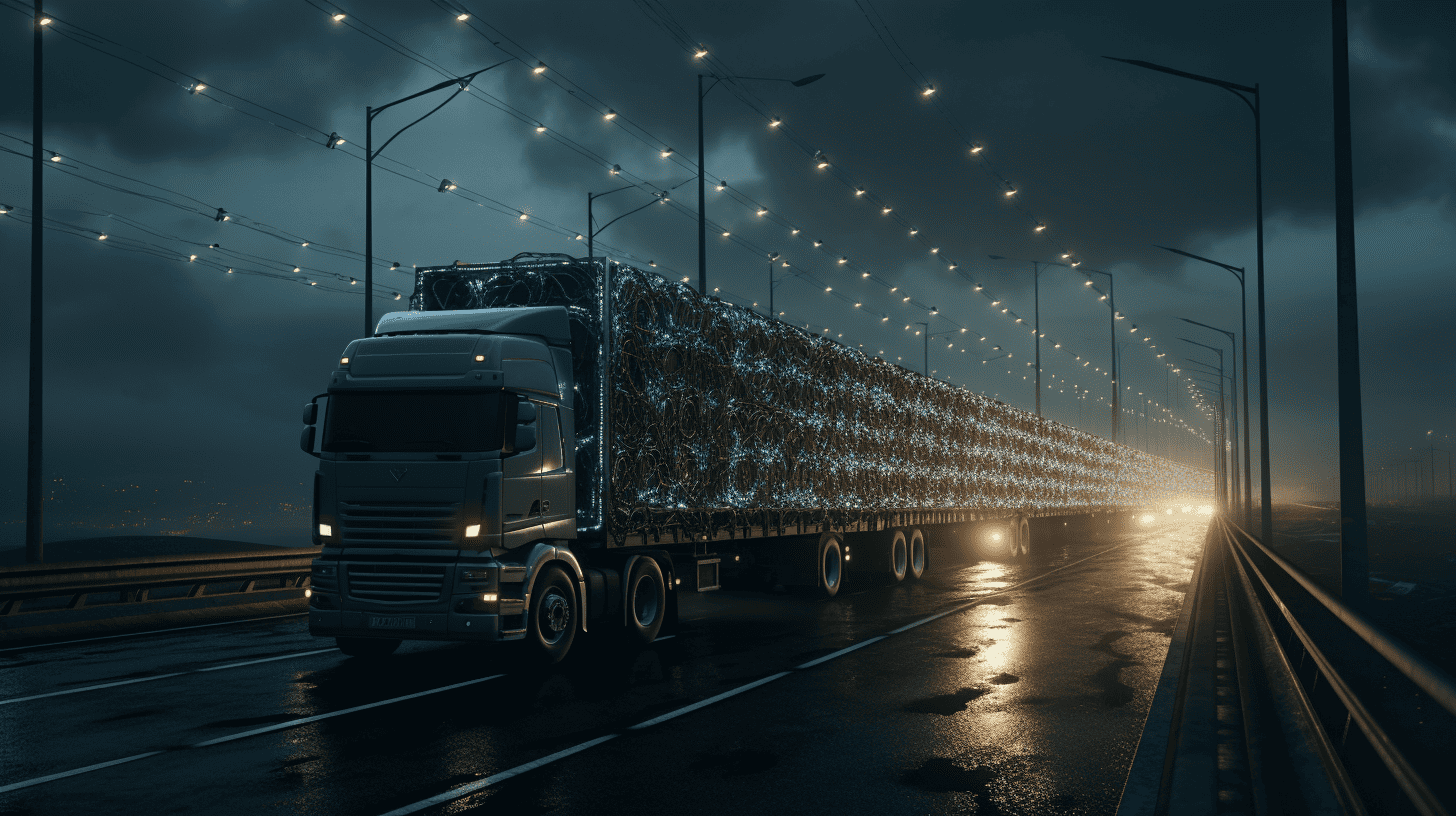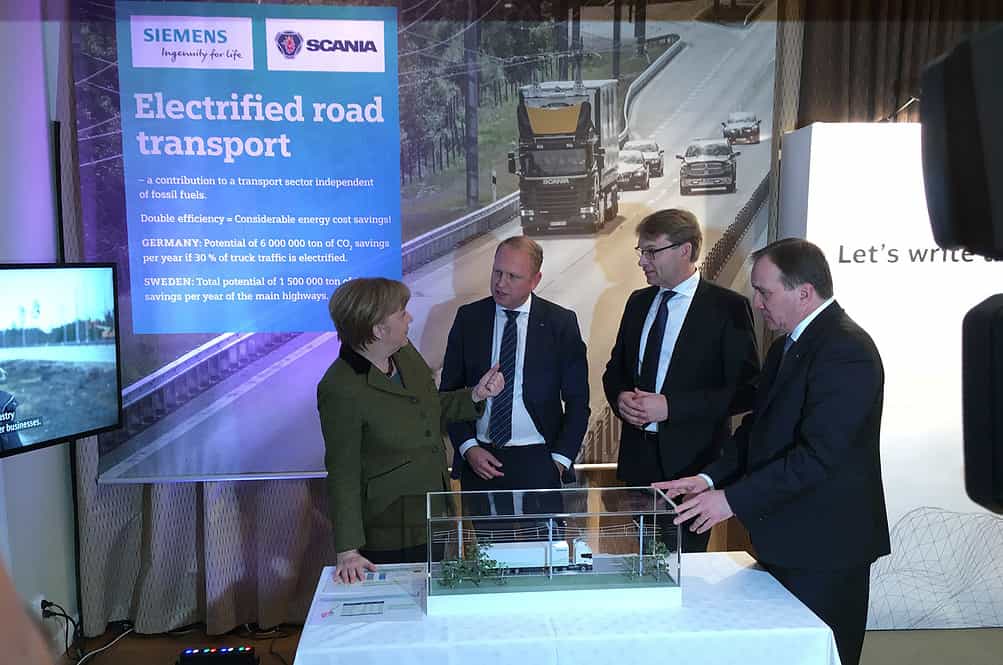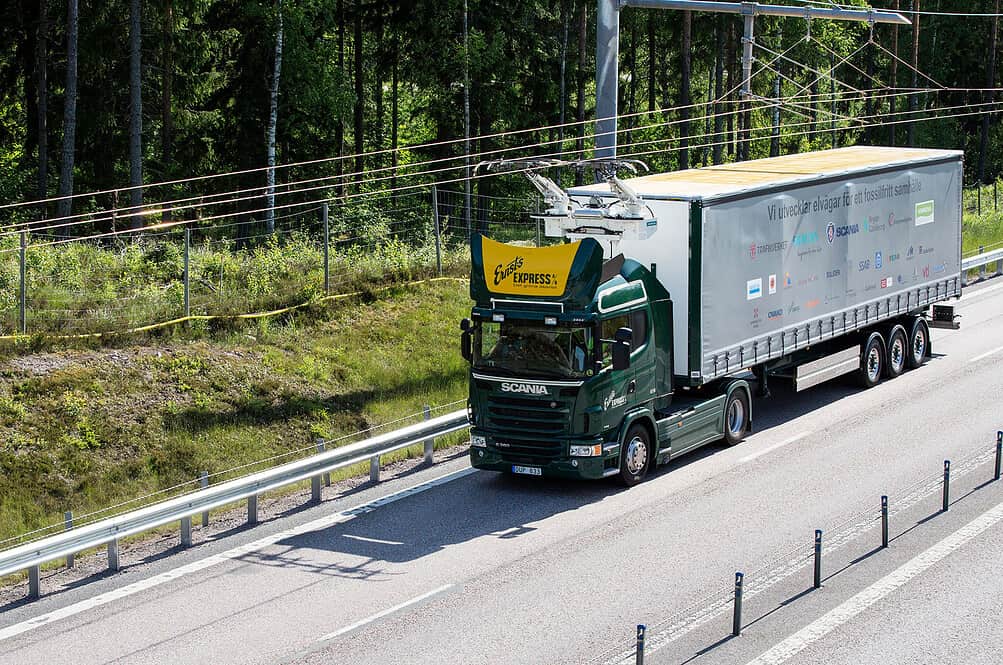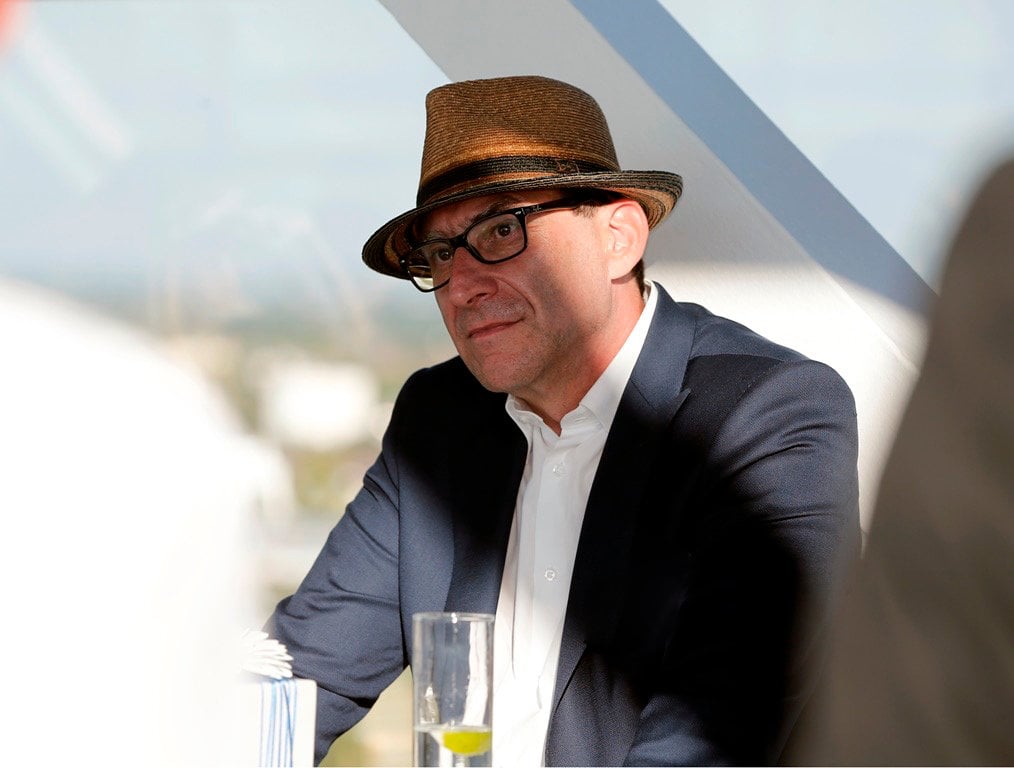
Yes, I know, I have already reported on this several times. So I’d like to start with a quote attributed to Winston Churchill.
“Americans find the best possible solution to every problem after they have tried everything else.”
Churchill was referring to American world politics and the many wrong turns it has taken, even beyond his lifetime.
On the other hand, I would like to reinterpret this to the German discussion on technology openness. Anyone who has followed my columns knows I am an absolute advocate of technology openness – always with the proviso that “common sense” is not trampled on in the process.
Hydrogen and Co.
Hydrogen is one of those things. Some reject it outright as an energy source for cars, trucks and trains, while others go along with the motto: Let’s see.
It is striking that the acceptance of hydrogen continues to decline with each study, but this does not stop the German government from wanting to support its energy turnaround with hydrogen. This may be because, given the costs incurred so far, it is already irrelevant whether even more expensive types of energy storage are used here.
As always, in Germany, people like to make themselves dependent. The hydrogen is to be purchased in Canada, among other places. For this purpose, the protagonists shook hands in a photo-friendly manner.
Electrification of heavy goods traffic
This is where it gets more complicated. Of course, the first thing that was mentioned was the hydrogen truck. This was supposed to do the trick, especially because refueling would be lightning-fast.
But companies like Daimler have already acted cleverly and open-mindedly on technology. They invested not only in H2 technology, but also in battery-electric trucks. In the meantime, it has become clear to many truck suppliers that the battery will probably win the race.
This may be due to Tesla’s Semi as much as to the glorious failure of the U.S. company NikolaMotors. But that’s not all. For some time now, another technology has been haunting the transportation industry.

Catenary heavy traffic
Should the railroad finally make its grand entrance, according to the motto: “Freight belongs on the railroad! Don’t worry; we are not yet at the end of the road with the technology-open erroneous paths, here as so often started by the Merkel administration.
Overhead lines on highways
For some time now, tests with overhead line trucks have been underway on selected sections of German autobahns. The trucks use a pantograph to tap the energy from elaborately erected overhead lines (as in the case of railroads). The advantage: the trucks could be equipped with small batteries that are just enough to cover the “last mile” under their own power. The battery would then be recharged on the highway. Great, isn’t it?

Stupidly, it now turns out that the installation costs for such a luxury would be astronomical. Especially since you would have to electrify all the main axes, not just in Germany, but all of Europe.
The interjection of an X-User (formerly Twitter): “It’s already available with many more trailers, it’s called a railroad!” sounds like the interjection of a child in the fairy tale “The Emperor’s New Clothes” – and in fact, the emperor, pardon the catenary technology, is naked.
However. I would like to modify the Churchill quote a bit:
“The Germans find the best possible solution to every problem in energy and transport policy, after having tried everything else first.”
Unfortunately, the Germans haven’t “tried” everything yet.

